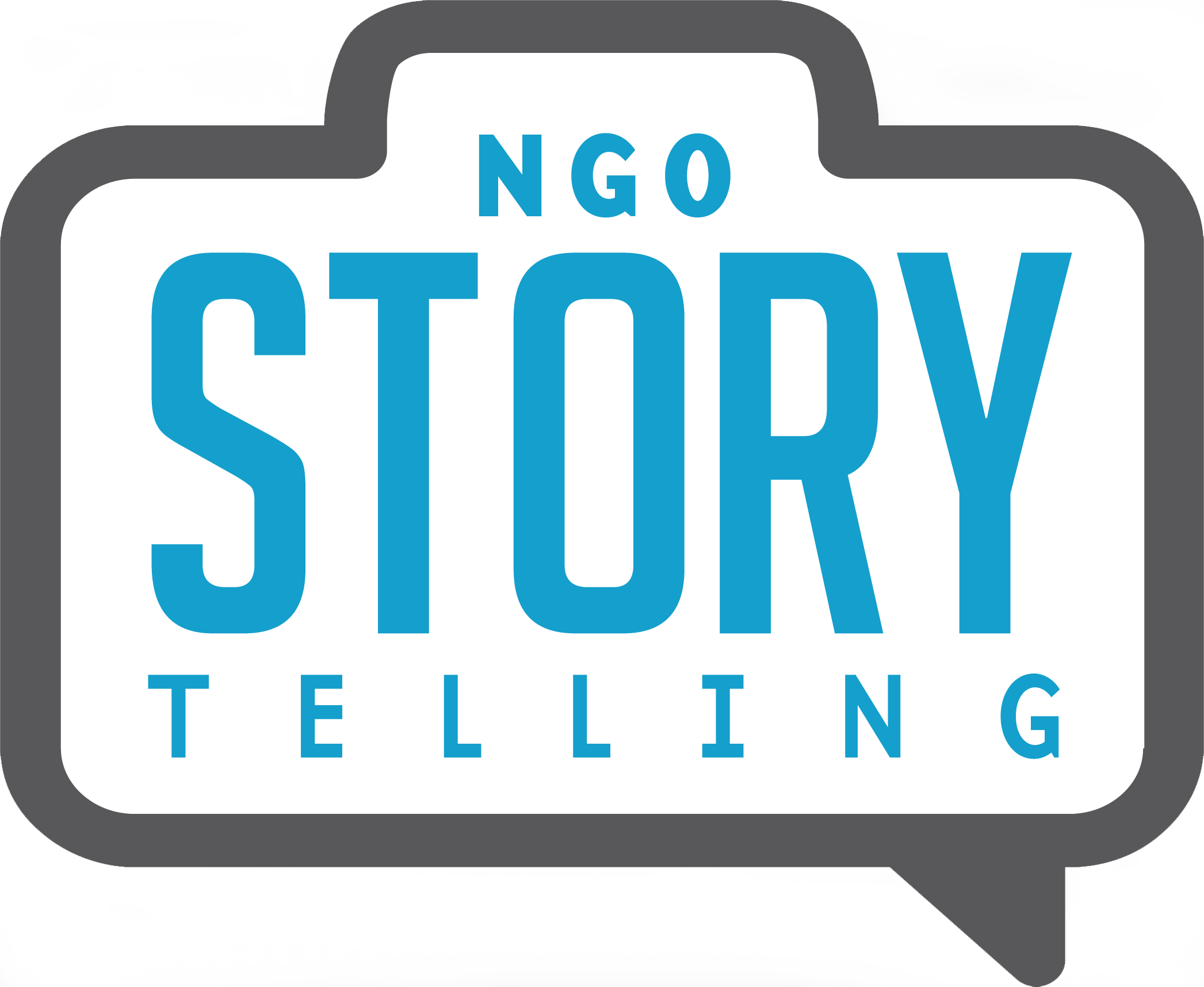Is Shared Licensing Really Shared?
There’s a new trend I see recently in image licensing negotiations, where organizations hire media makers to work for them and ask for shared licensing. Essentially, shared licensing means that the media maker and the client split ownership of the images forever. A shared copyright clause might read like this:
Copyrights. Service Provider shall own all right, title, and interest in and to the Work, including the entire copyright in the Work. Service Provider provides Client with a License to use the work in which Client may use the video(s) and/ or photographs in their complete form, on the Internet, on their own website and on video sharing sites, as well as on social media, in perpetuity. The organization may also show the film(s) and photographs at any internal or external events, or events supporting the organization, in perpetuity. Client may not sell nor distribute photographs or videos for purposes other than the promotion Client’s work.
On the surface, I like this plan. Sharing copyright seems like a nice middle ground, at least compared to the potential of hours dedicated to copyright negotiations with the client. My concern is that most of the time the copyright really isn’t shared. Why? Because, along with the clause above, I keep finding clauses like this one in my contracts:
Non-Compete Clause. Service Provider agrees that no other competing organization or stock photography company will ever have a License to the work created for Service Provider.
The inclusion of this clause means that the client has the exclusive right to use my work and that I can never sell it again. If it were truly shared, I could do whatever I wanted with the work. Limiting my rights to make money from my work means that I should be paid for an exclusive license. Shared license in these circumstances is really shared in name alone.
Now, don’t get me wrong; I totally understand why some nonprofits don’t want media makers selling their images. Nonprofits often do sensitive work with vulnerable people, and they want to make sure their beneficiaries are protected. (And so do I.)
It’s important to remember that most media makers are running businesses. We cannot afford to give exclusive rights to our work without being paid for them. For example, my photography day rate is based on a five-year licensing rate. This is because most of my clients only use the images for 5 years before replacing those images with something more recent or replacing them altogether with media from a new program. If they do end up using the work over the initial five-year period, it’s often only one or two images that make the cut. I understand my clients are working on a budget, so I want to make things easier for them. Setting my rates based on the five-year licensing allows them to conserve their budget and only re-license images they are using instead of purchasing exclusive licensing for all the images from our shoot.
My day rate doubles if a client wants exclusive rights to my images. If a client wants true shared rights – where I can sell the images if I choose to do so – then I charge 1.5 times my normal day rate to cover the additional duration of use.
In video work, I offer exclusive licensing on all edited videos and any raw footage or interviews that includes the beneficiaries in my day rate. However, I generally retain the right to sell any B-roll, time-lapse, outdoor scenes, etc. Video projects tend to have longer timelines and higher price tags, so I generally contract for longer periods of use. I can also sell clips as stock, which helps me run a viable business.
Like Laura discussed in her last post on negotiating client fees, there is always a middle ground – a mutually beneficial solution – in negotiations. With clients whose work is in a sensitive area, such as a business that has given me access to vulnerable people or proprietary technologies, I have signed contracts that included non-compete clauses. However, I still include the five-year license instead of an exclusive license. That way, I still earn income if the work is being used after five years. And I hope that by being flexible I'll be in business for many years to come.
Media makers and nonprofits are constantly struggling with the numbers. Nonprofits are often understaffed and trying to stretch their budgets. On the other side of the negotiations are media makers, who are trying to make a living in a competitive market while keeping up to date with expensive gear and constantly developing new skill sets. It’s up to all of us to work together to negotiate solutions that make sense for both parties. At NGOStorytelling, we believe this only happens by having honest conversations. I hope that Laura and I’s posts this month will open the door for you to do that.
Like this post? Have a question about shared licensing? Leave a comment below or send us an email at hello@ngostorytelling.com. We always love hearing from you.
———-
Photo caption: A student learns about the human body in nursery classes provided to the children of Rwandan women in Aspire's vocational training. Aspire supports mothers to go through vocational training and provide safe care and education for their children who are not yet school age. March 2015 by Crystaline Randazzo.
